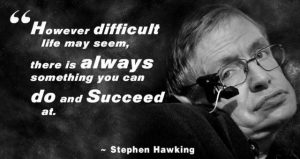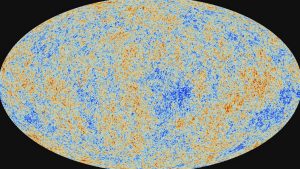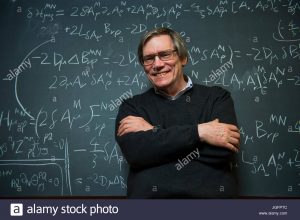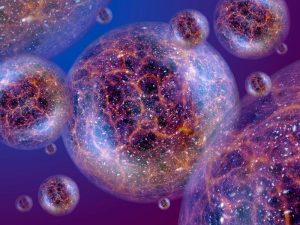Most people I suppose have never heard of Arno A. Penzias, but everyone has heard of the Big Bang Theory, the idea that about 14 billion years ago, give or take a couple hundred million, the entire Universe underwent an unimaginable explosion and the expansion caused by that explosion continues today. Well it was Doctor Penzias, along with his colleague Robert W. Wilson who provided the first actual evidence that the Big Bang really happened.
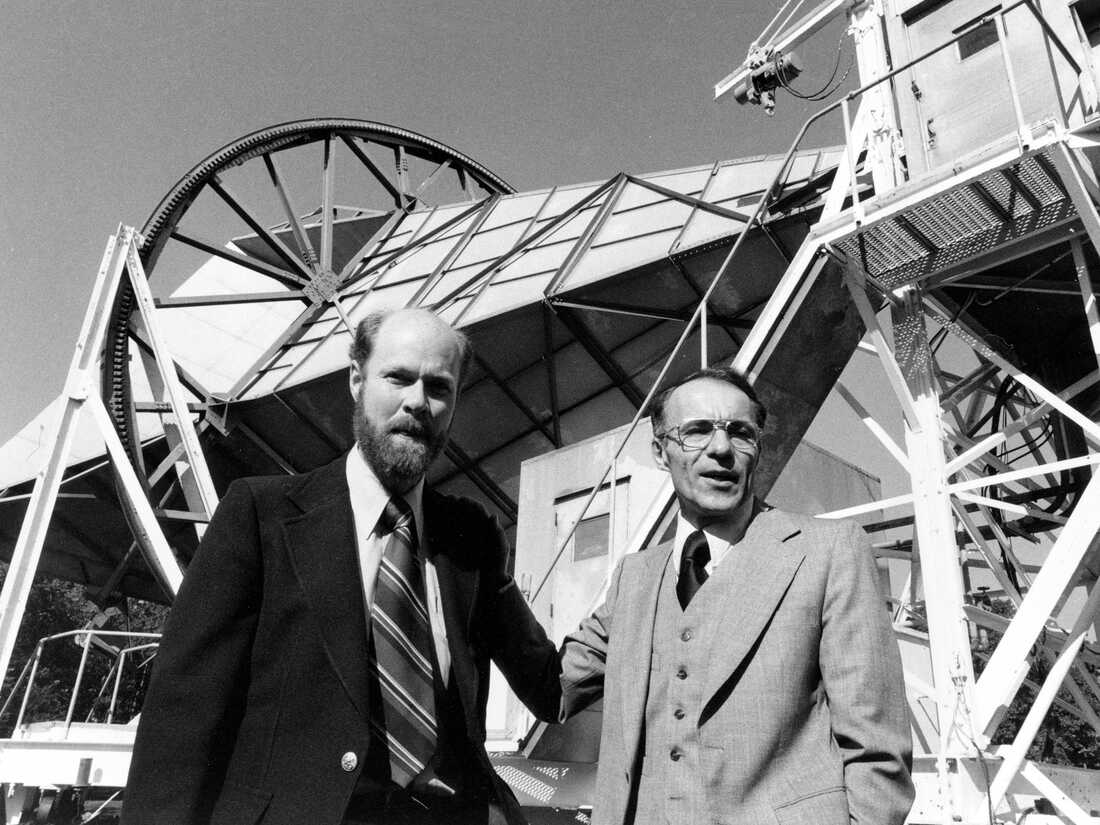
The story of Doctor Penzias contains within it several of the themes that often occur in both science and human history at large. Arno Penzias was born in 1933 in Munich, Germany to Jewish parents. If you can imagine a worse place and time for a Jewish boy to enter the world, well I can’t. Arno was lucky however for he and his brother were part of a British program that brought 10,000 Jewish children out of Nazi Germany just before World War 2 began. Later Arno’s parents also succeeded in escaping Germany and the whole family arrived in America in 1940. Arno was therefore one of the very large number of talented scientists who came to America and who made their discoveries here after fleeing Nazi tyranny.
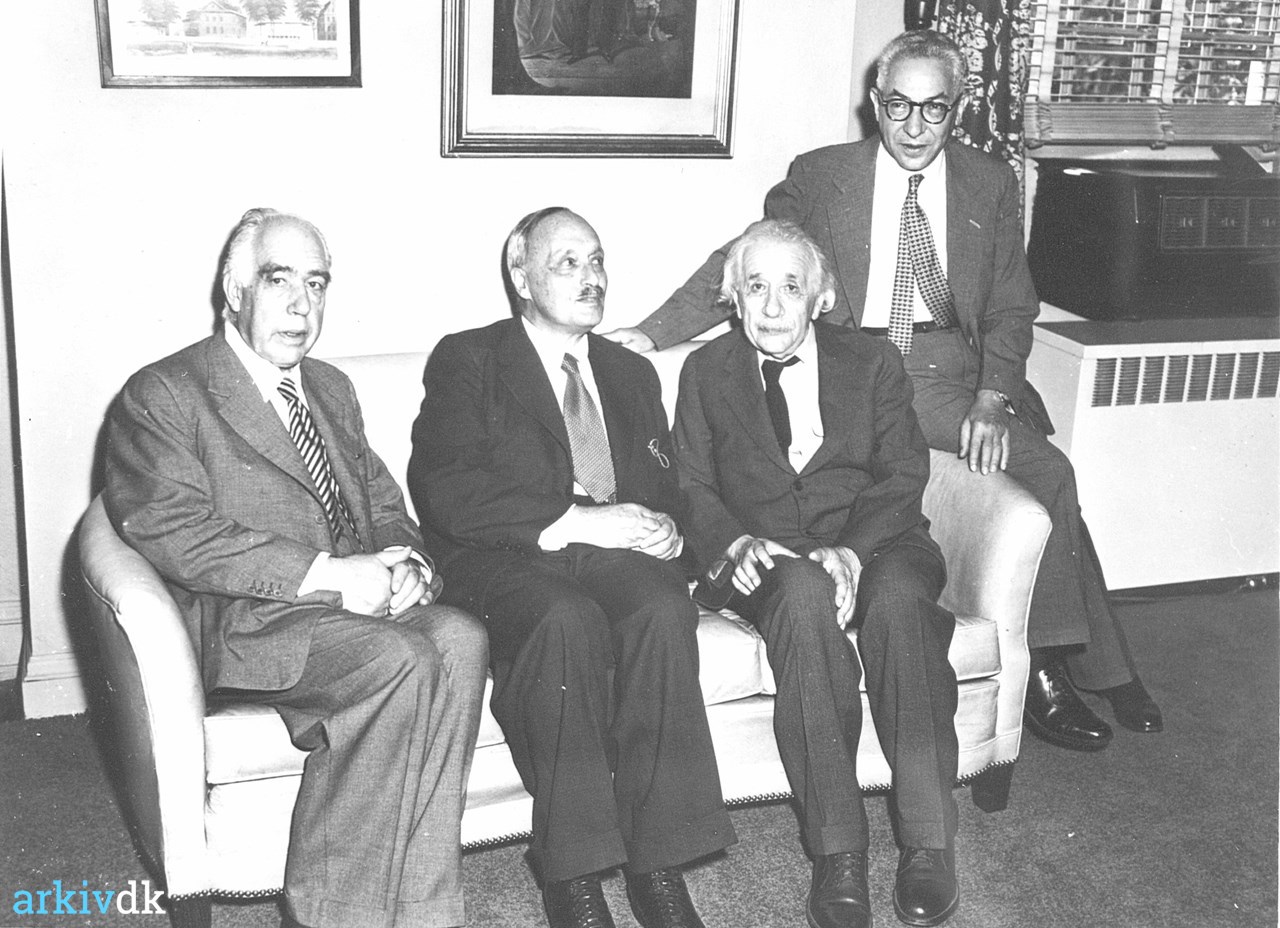
Interested in science from an early age Arno first intended to become a chemist but switched majors to Physics while attending the City College of New York. Arno would eventually receive his Ph.D. in 1962. Even before becoming a Doctor however, in 1961 Arno accepted a job on the project that would lead to his greatest discovery.

In the early 1960s Bell Labs in Holmdel, New Jersey was one of the centers for ‘space age’ technology. The transistor had been invented there, as had the Laser. Communications satellites were the next big thing and indeed Telstar; the first communications satellite was built at Bell Labs. The engineers who were designing Telstar needed to know, once their satellite was up in orbit, what kind of radio sources there were in the Universe at large that could cause static interference with Telstar.

That was the job that Arno Penzias and his colleague Robert Wilson were assigned, survey the entire sky at microwave frequencies and catalogue all of the radio sources that could cause problems for communications satellites. To accomplish their task Penzias and Wilson used the brand new Holmdel Horn antenna, especially designed for communicating with satellites and at the time one of the largest radio antennas on Earth. With such a powerful instrument in their hands the two physicists were determined to not just survey and catalogue radio sources, but to study them as well.
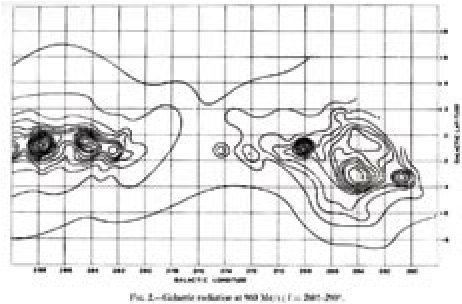
As the two men carried out their survey they quickly ran up against an annoying, so they thought, little problem. No matter where they pointed their antenna, no matter when, there was always a persistent background hiss that they couldn’t get rid of. The hiss didn’t come from any source, it was everywhere, so they initially thought it had to be man made noise from something nearby. Working methodically the two men eliminated radar from nearby airports as the cause, noise from many sources coming from nearby New York City even the possibility of radiation from nuclear tests. One of their efforts to eliminate the noise has become something of a anecdote in physics departments. Noticing that several pigeons were nesting inside the big horn antenna they wondered if the bird’s droppings could be the cause of the hiss so they gave the entire horn a through clean out. No good, the noise remained.
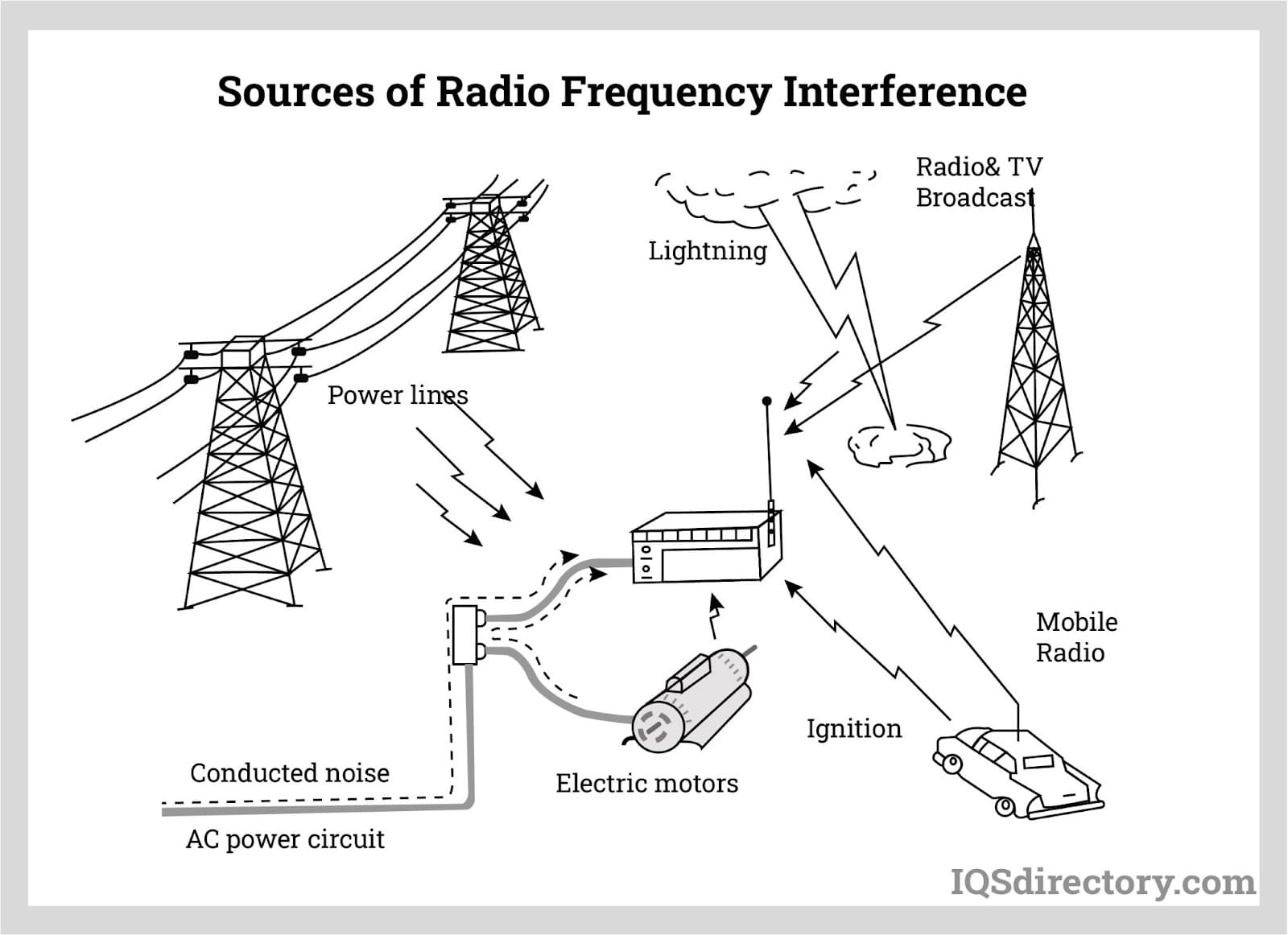
Looking through the literature for some idea as to what could be going on they came across a paper written by physicists George Gamow and Ralph Alpher about how the Big Bang, if it had actually happened, should have left behind a measurable amount of heat, the way a frying pan on your stove stays warm for a while after you turn off the burner. After billions of years Gamow and Alpher calculated that residual heat would now be observable in the microwave region, just where Penzias and Wilson’s hiss was. (For more information on George Gamow and the prediction of the CMB see my post of 30 October 2021.)
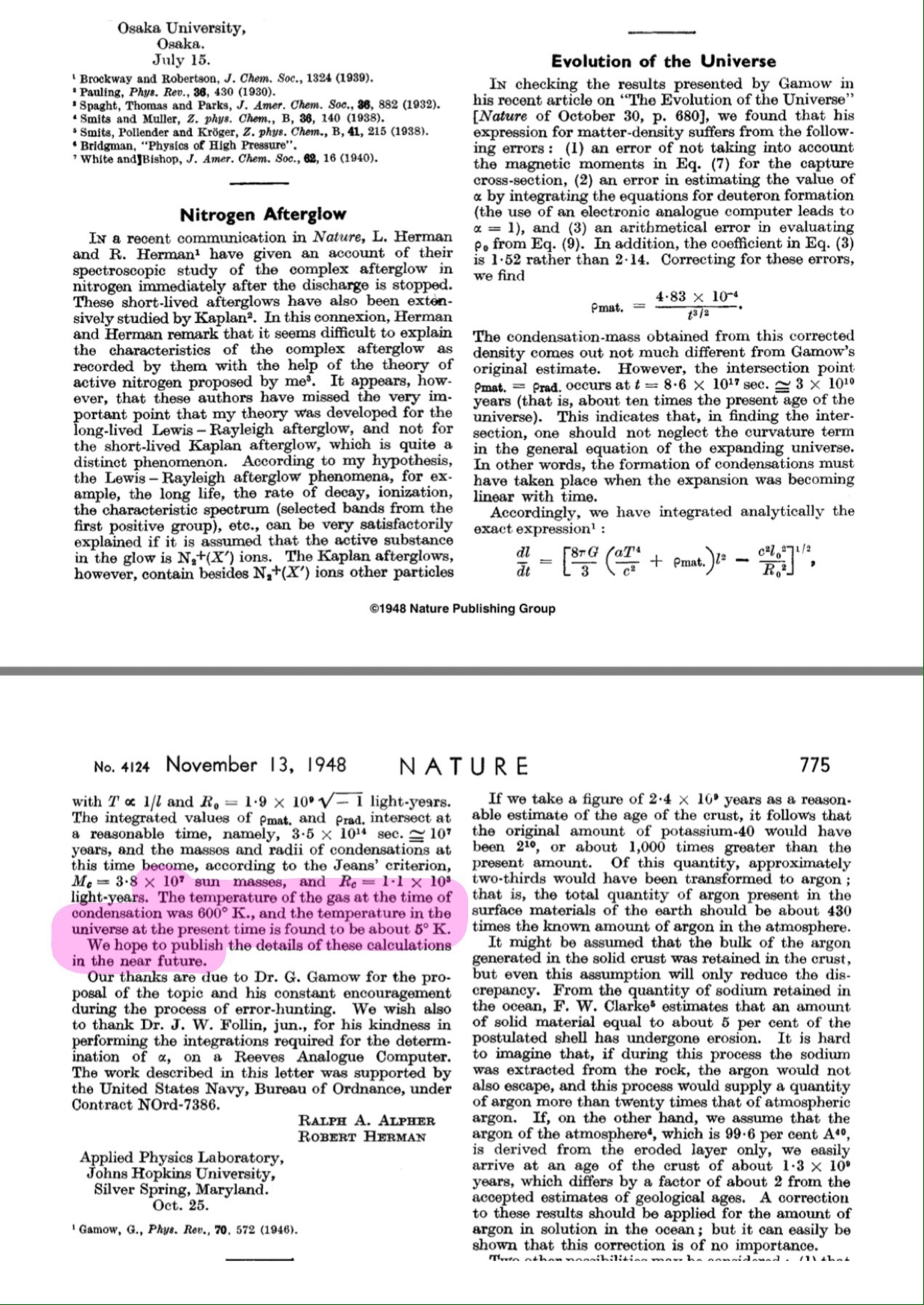
Since Gamow and Alpher were teaching in Colorado and Texas respectively Penzias and Wilson decided to contact physicist Robert Dicke at nearby Princeton University. In another of those coincidences that no one could ever imagine Dicke and his students were actually planning on looking for the CMB and were gathering up the equipment they’d need to look for it. As remembered by Nobel Prize winner James Peebles, a graduate student of Dicke’s at that time he was in his mentor’s office when the call came from Wilson. “We’ve been scooped!” Dicke said as he put down the phone.
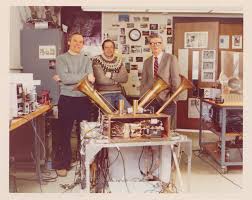
That was in 1964 and the news of the discovery of the CMB spread quickly turning the subject of cosmology from a few people working on a few ideas to a major study on which thousands of researchers around the world are working. Penzias and Wilson were awarded with the 1978 Nobel Prize for their discovery. The moral of this story is to keep alert, if some unknown factor is effecting your measurements don’t just ignore it, find out what it is. Like Rontgen and the discovery of X-rays, sometimes that unknown factor is more important than the thing you started out trying to study. In both cases the scientists became famous for discovering something they never even planned on looking for.
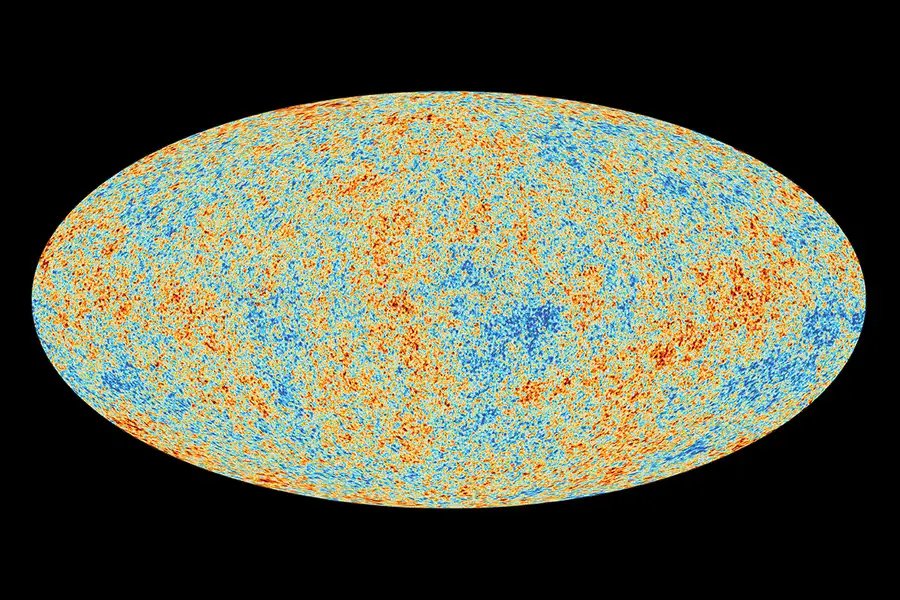
Arno A. Penzias died on the 22nd of January at an assisted living facility in San Francisco. His death was due to complications from Alzheimer’s disease. There were a huge number of major scientific discoveries made during the 20th Century; Arno A. Penzias’ discovery that ‘the Universe began, not with a whimper but with Bang’ may have been the biggest.

